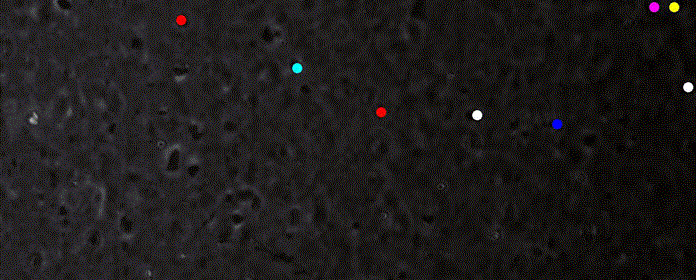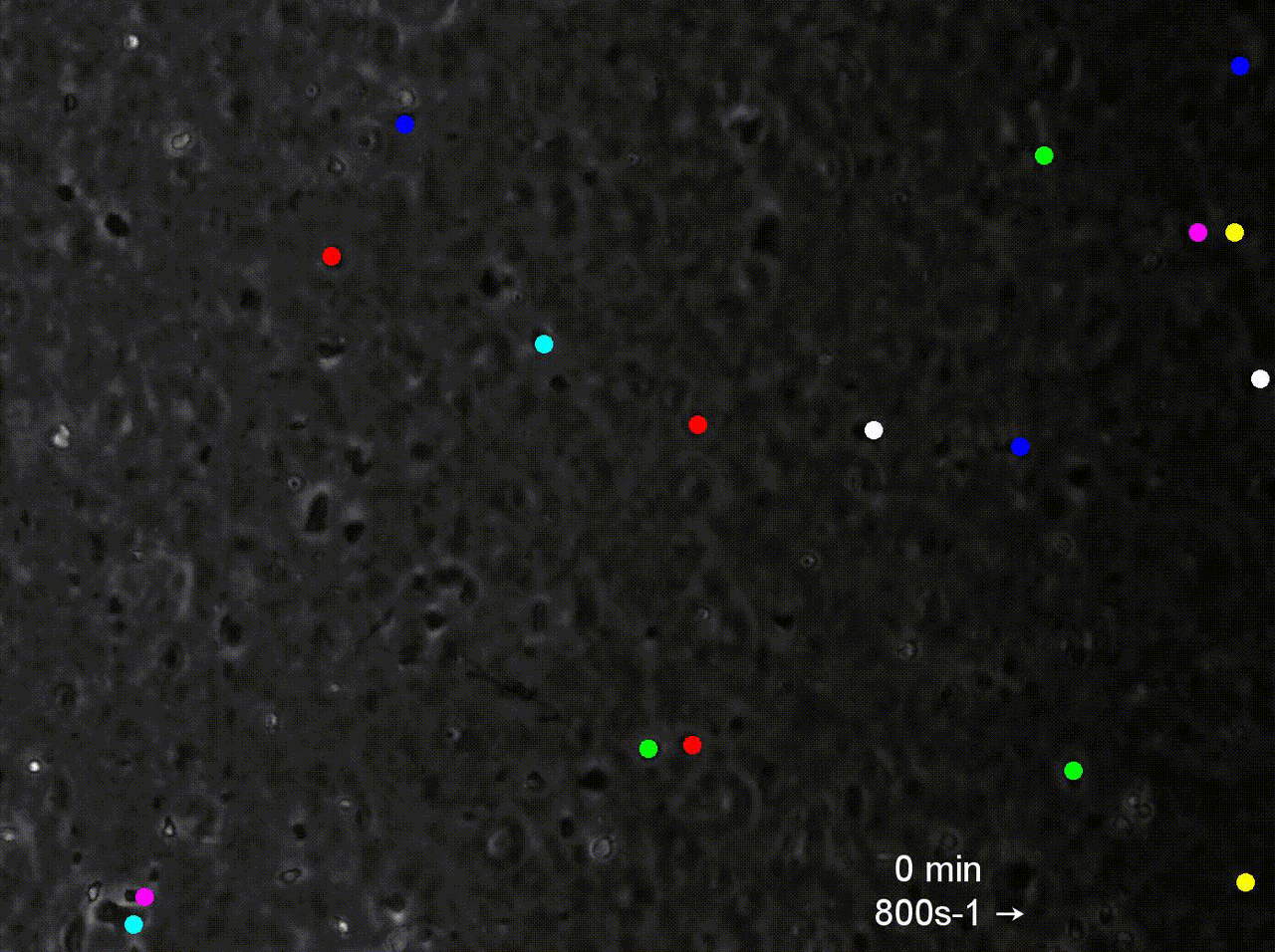By fighting the direction of the blood flow, white blood cells forge a faster route to battle infections

When the immune system detects a foreign pathogen, a cascade of chemical signals call white blood cells to the scene. Neutrophils are the most common and abundant type of these cells and while they start accumulating at the site of an infection within minutes, they are essentially at the mercy of the circulatory system’s one-way flow of traffic to get them where they need to go.
Now, research from the University of Pennsylvania’s School of Engineering and Applied Science shows how these cells can be coaxed to fight the direction of blood flow, crawling upstream along the walls of veins and arteries.
The in vitro study suggested that this technique could get neutrophils to the sites of infections faster when they are restricted to the direction of blood flow.
Daniel A. Hammer, Alfred G. and Meta A. Ennis Professor in the Department of Bioengineering, and Alexander Buffone, Jr., a research associate in his lab, led the research. Nicholas R. Anderson, a graduate student in the Hammer lab, also contributed to the study.
They published their findings in Biophysical Journal.
Hammer, Buffone and their colleagues have previously demonstrated that stem cells, which are used in bone marrow transplants, have the ability to move against the flow of blood. Speeding these stem cells to the locations where blood meets bone could make for more successful transplants and better patient outcomes; applying the same approach to innate immune cells could have an even broader impact.
“Neutrophils are the first responders for an infection,” Buffone says. “If you get a cut and bacteria gets in the wound, they’re the ones that get on site first and kill what they find. And because they’re the first responders, the faster they can get to the infection, the better. “
As with their earlier stem cell study, the receptors expressed by the neutrophils govern how they attach to blood vessel walls. Unlike stem cells, neutrophils have two competing receptors that can bind to the relevant anchoring molecule expressed on blood vessels; blocking one of them with an antibody allowed the neutrophil to focus its efforts on upstream migration, both on engineered surfaces and on synthetic blood vessel walls themselves.
While the researchers are a long way from applying this technique to fight infections in humans, elucidating the fundamental principles behind upstream migration opens the door to devising strategies to enhance migration and use neutrophils in clinical applications.
“Native neutrophils have both receptors” Hammer says. “However, because we have a better understanding of the mechanism, we have the opportunity to reprogram innate immunity by blocking the competing receptor to get neutrophils to swim upstream, and get them to the site of infection faster.”
“If you were to do this in the clinic, you’d want to do the exact same thing as we do in the lab,” Buffone says. “You wouldn’t want this upstream behavior all the time, so you’d just administer the antibody to the cells when an infection occurs, have the neutrophils do their thing, and then everything would go back to normal once the antibodies are used up.”
Source: Read Full Article
